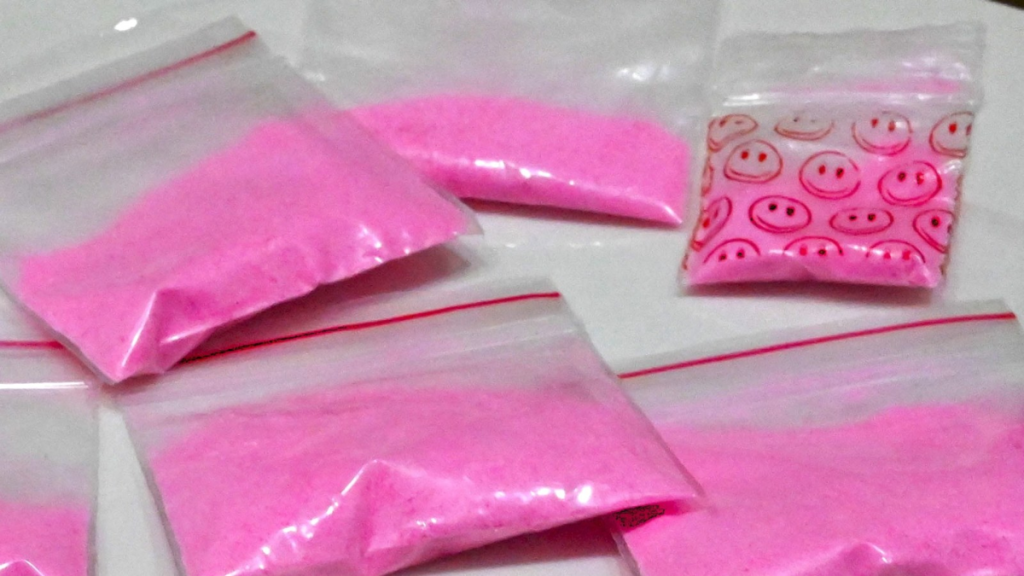
Pink cocaine, also known as “Tusi,” is an emerging synthetic drug that has gained popularity, particularly in party scenes across Latin America and now expanding to the U.S. market. The substance has raised alarms due to its colorful appearance and deceptive marketing as a glamorous, recreational drug. Despite its nickname, pink cocaine is not chemically related to cocaine, though it can contain a mixture of synthetic substances that make it highly dangerous.
What is Pink Cocaine?
Pink cocaine usually consists of a mix of synthetic substances, such as ketamine and MDMA, which give it stimulant and hallucinogenic effects. It often comes in powder form, typically pink in color, which gives the drug its name. This bright appearance and its association with party culture have made it particularly appealing to younger crowds.
Though the drug’s specific chemical composition can vary, users often take pink cocaine recreationally, unaware of its potential for serious health risks. The drug can produce feelings of euphoria and heightened energy, similar to MDMA or ecstasy. However, due to its unregulated nature, the effects are unpredictable and could lead to dangerous reactions, including seizures, respiratory issues, and even death.
Risks and Consequences
One of the primary dangers of pink cocaine is its unpredictable composition. Without regulation, each batch can contain a variety of harmful substances that may have deadly effects. Since the drug is marketed as glamorous, users may not realize the seriousness of the health risks involved.
For more information on this emerging drug trend, you can read the full coverage at KPTV.
Law Enforcement and Prevention
Law enforcement agencies have begun to crack down on the spread of pink cocaine, but its underground nature makes it difficult to control. Education and prevention campaigns are crucial in raising awareness about the drug’s dangers, particularly among young people who may be drawn to its vibrant appearance and misleading reputation as a party drug.
Read More News:
- Motorcyclist Dies in Collision with Car in Ulster County, Gardiner
- Two Killed in Mamakating Crash Leading to Lengthy Road Closure
Efforts to stop the spread of pink cocaine include increased border control and cooperation between countries to track down suppliers. However, prevention also relies heavily on educating the public about the dangers of experimenting with unregulated synthetic drugs.
